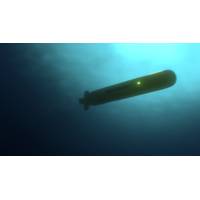
How AUVS Can Spot Oil Plumes After an Ocean Spill
sensors that operate like our eyes, ears and noses. In our research, we equip the AUV with a scanning sonar to find distant oil plumes and other sensors to take measurements — such as particle size and petrochemical type — when it comes into contact with the plume.Impacts of marine oil pollutionAlthough AUVs were used to identify oil plumes in the Deepwater Horizon spill, they are not yet in regular use. They have also been operated with several assumptions about the way oil behaves in the ocean after a spill. This means that clean-up operations may miss large portions of the oil, which

David Kennedy Designated as Chair of US Arctic Research Commission
; contingency planning; innovative technology development; matrix and collaborative program management; and a suite of coastal issues focused on development, climate change, energy, and coastal resiliency.He played a significant role in the federal government’s response to most of the major oil pollution events of the past three decades, including the Exxon Valdez and New Carissa oil spills, and international events such as the IXTOC I oil-well blowout, Galápagos Island, and Persian Gulf War spills.In 2010, he served as NOAA’s commander for the agency’s response to the Deep
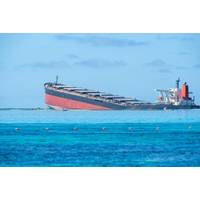
How Coral, Mangroves and Seagrass Could be Affected by the Mauritius Oil Spill
are thought to have been destroyed by the ship as it ran aground, but this is just the beginning.As the oil sinks, it can cover more of the reef. Corals depend on sunlight for sustenance but they also eat floating microorganisms called zooplankton. Aside from clouding the water and reducing sunlight, oil pollution has been shown to kill zooplankton, while the toxic chemicals in crude oil weaken the ability of corals to photosynthesise. Deep water corals coated in oil experienced tissue swelling and ruptures.In the years following an oil spill, growth and reproduction is reduced, leaving less live coral
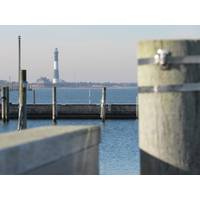
The Benefits of Sustainable Marine Lumber
Santa Barbara Channel (California). It culminated in the 1989 Exxon Valdez incident, which spilled 10.8 million U.S. gallons of crude oil in Prince William Sound, Alaska, impacting 1,300 miles of Alaskan shoreline and killed much of its native wildlife. The Valdez spill prompted the passage of the Oil Pollution Act of 1990, which increased penalties for companies responsible for oils and required oil tankers operating in United States waters to have a double hull. In 2010, an explosion of the oil drilling rig, the Deepwater Horizon, would surpass the volume of oil spilled by the Valdez, releasing over
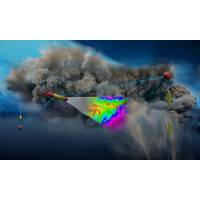
LRAUV: Arctic Oil-Spill-Mapping Robot Put to the Test
subsea robotic system to map and report on spills.“Because of ice coverage and the tyranny of distance, it is difficult to get resources and assets up in the Arctic in a quick manner,” said Kirsten Trego, Executive Director of the Coast Guard’s Interagency Coordinating Committee on Oil Pollution Research. “With better real-time data, more effective response strategies can be developed and deployed.”To help the Coast Guard map oil spills under ice, the DHS Science and Technology Directorate (S&T) has been working on an underwater robot for the past four years through a
Log-In Logística selects COMPAC
Bearings’ COMPAC water lubricated propeller shaft bearing concept. The decision by Brazil-based cabotage carrier Log-In Logística to select the Thordon solution for a 2700TEU newbuild Log-In Polaris, is indicative of a trend in the sector for mitigating against the risk of oil pollution by adopting the simpler, environmentally-safer water-lubricated propel shaft concept. Extensive in scope, Thordon will supply a complete COMPAC water lubricated propeller shaft system that entails: fwd and aft COMPAC bearings, its proprietary water quality package (WQP), fwd and aft
NOAA, Deepwater Horizon Trustees Announce Draft Restoration Plans
, in coordination with all of the natural resource Trustees. The draft plan is designed to provide a programmatic analysis of the type and magnitude of the natural resources injuries that have been identified through a Natural Resource Damage Assessment conducted as required by the Oil Pollution Act of 1990 and a programmatic restoration plan to address those injuries. Alternatives approaches to restoration are evaluated in the plan under the Oil Pollution Act and the National Environmental Policy Act.. Specific projects are not identified in this plan, but will be proposed
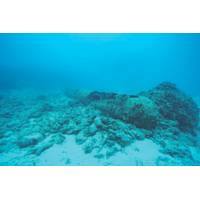
Ship Salvage in the Presence of WWII Era Torpedo & Mines
systems, inert gas generators, nitrogen generators, high capacity pumps, ship-to-ship (STS) systems, anti-pollution and diving systems. These specialized portable assets are complemented by a global network of tugs and support vessels ready to meet any emergency challenge. In response to the Oil Pollution Act of 1990 (OPA 90), T&T embarked into a campaign to develop the best casualty response system in the United States. As a result, T&T estimates it garnered more than 60% of the tank vessel market, including most vessel operating oil majors. The system has already

Interview: Oil Spill Repsonse Insights from MSRC's Benze: Steven T. Benz, President and CEO, Marine Spill Response Corporation (MSRC)
designed to recover more oil and less water. MSRC was formed as a U.S. Coast Guard Classified Oil Spill Removal Organization (OSRO) in 1990 to offer oil spill response services and mitigate damage to the environment. This came, presumably, in the wake of the EXXON VALDEZ and the Oil Pollution Act of 1990. What’s changed since then in the world of spill response? Pick out just one defining event, development or regulatory change that has impacted all stakeholders. The Exxon Valdez catalyzed the passage of OPA-90 and even today it remains the most influential event since it impacted
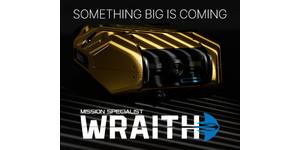
 August 2025
August 2025





